Soldering irons are an essential tool for electronics hobbyists and professionals alike. They are used for joining two metal pieces together by heating them to a temperature where a metal alloy called solder can flow and bond with the two pieces. Soldering irons are available in various sizes and types, ranging from small, pencil-shaped irons to larger, more powerful ones for heavy-duty applications. But how do these devices work? In this article, we'll dive into the basics of how a soldering iron works.
The anatomy of a soldering iron
To understand how a soldering iron works, knowing the parts that make up this tool is important. A typical soldering iron consists of four main components: the heating element, the tip, the handle, and the power source.
The heating element is the heart of the soldering iron. It is usually made of a metal alloy, such as nichrome or copper, with high resistance to electric current. When an electric current flows through the heating element, it generates heat due to the resistance. The amount of heat generated depends on the current passing through the heating element and the element's resistance.
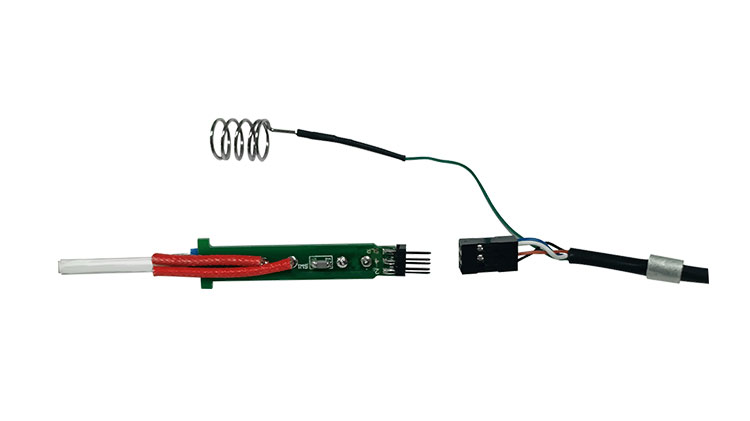
The tip is the part of the soldering iron that comes into contact with the metal pieces to be joined. It is made of a highly conductive metal, such as copper or iron, and is designed to transfer heat from the heating element to the metal pieces. The tip comes in various shapes and sizes, depending on the specific application.
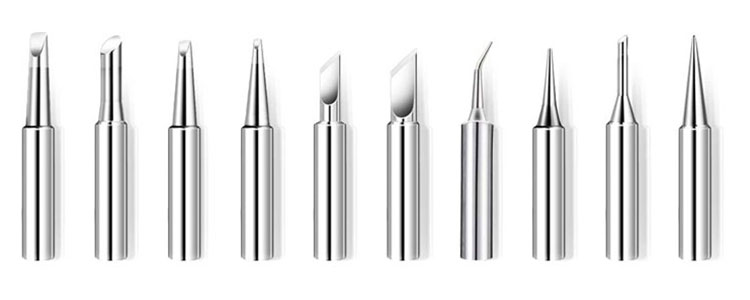
The handle is the part of the soldering iron that the user holds. It is usually made of a heat-resistant material, such as plastic or rubber, to prevent the user from burning their hands. The handle also contains the power switch and temperature control, if applicable.
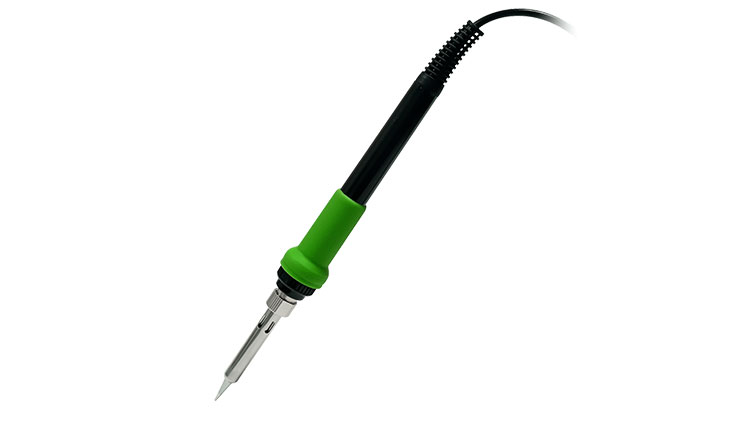
The power source provides the electric current needed to heat the heating element. For most soldering irons, this is a simple AC or DC power supply that plugs into a wall outlet. However, some soldering irons are powered by batteries, gas, or even butane.
How a soldering iron works
Now that we know the components of a soldering iron let's dive into how it actually works.
When the power switch is turned on, the electric current flows through the heating element, generating heat. The heating element heats up the tip, transferring heat to the metal pieces to be joined. The solder is placed onto the joint as the metal pieces heat up. The heat from the tip melts the solder, which flows between the two metal pieces, creating a bond.
The temperature of the tip is a critical factor in the soldering process. The tip won't transfer enough heat to melt the solder if it is too cold. On the other hand, if the tip is too hot, it can damage the metal pieces being joined or even melt the solder before it can flow properly. This is why most soldering irons have a temperature control that allows the user to adjust the heat output of the iron.
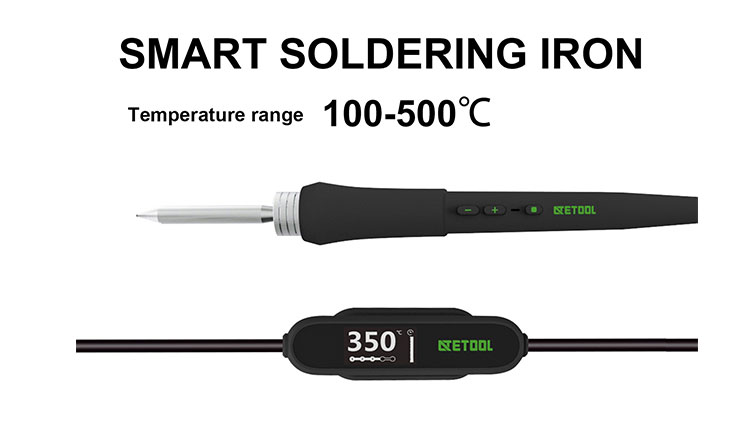
Different types of soldering irons
While all soldering irons work on the same basic principle, several types are available for different applications. Here are a few common types of soldering irons:
1. Standard soldering iron: These are the most common type of soldering iron and are used for general electronics work. They are available in various wattage ratings, from as low as 15 watts to as high as 60 watts.
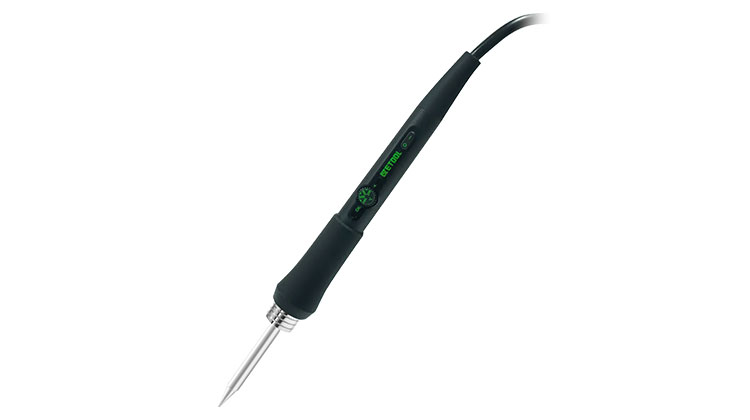
2. Soldering station: A soldering station is a more advanced version of a standard soldering iron. It usually comes with a temperature control, a stand, and sometimes even a built-in vacuum pump to remove solder. These are ideal for more precise and delicate soldering work.
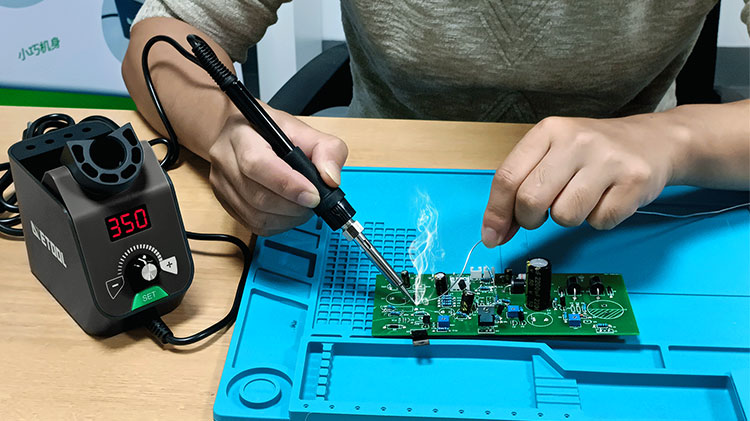
3. Cordless soldering iron: Cordless soldering irons are powered by batteries and are ideal for situations without access to a power outlet, such as outdoor work or emergency repairs.
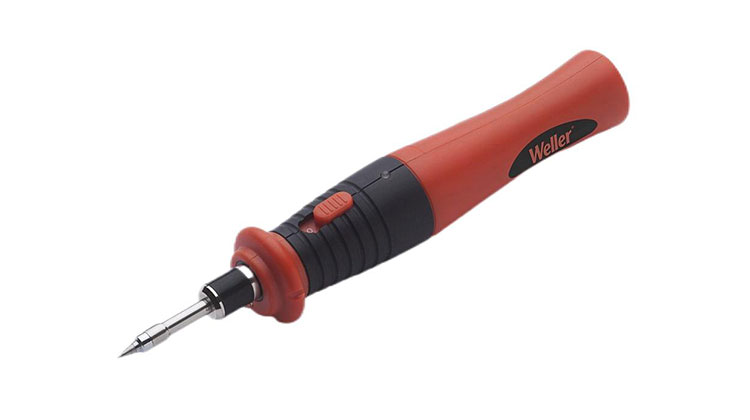
4. Butane soldering iron: Butane soldering irons are powered by butane gas and are also ideal for outdoor work or emergency repairs. They are more powerful than cordless soldering irons and can reach higher temperatures.
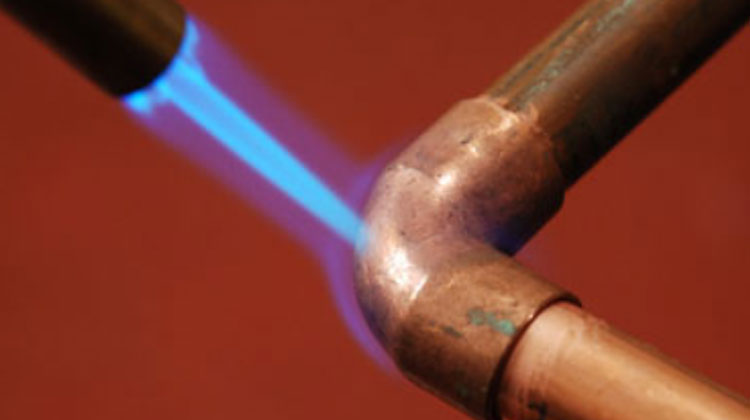
5. Hot air rework station: Hot air rework stations are used for repairing or reworking surface mount components, which are often too small for standard soldering irons. They use hot air to melt the solder and remove or replace components.
Tips for using a soldering iron
Using a soldering iron may seem daunting for beginners, but with some practice and patience, anyone can learn how to solder properly. Here are a few tips to keep in mind when using a soldering iron:
1) Choose the right tip: As mentioned earlier, the soldering iron tip is crucial for the soldering process. Make sure to choose a tip that is appropriate for the application.
2) Clean the tip: Before soldering, make sure to clean the tip of the soldering iron with a damp sponge or brass wire brush. This will remove any oxidation or debris that may affect the quality of the solder joint.
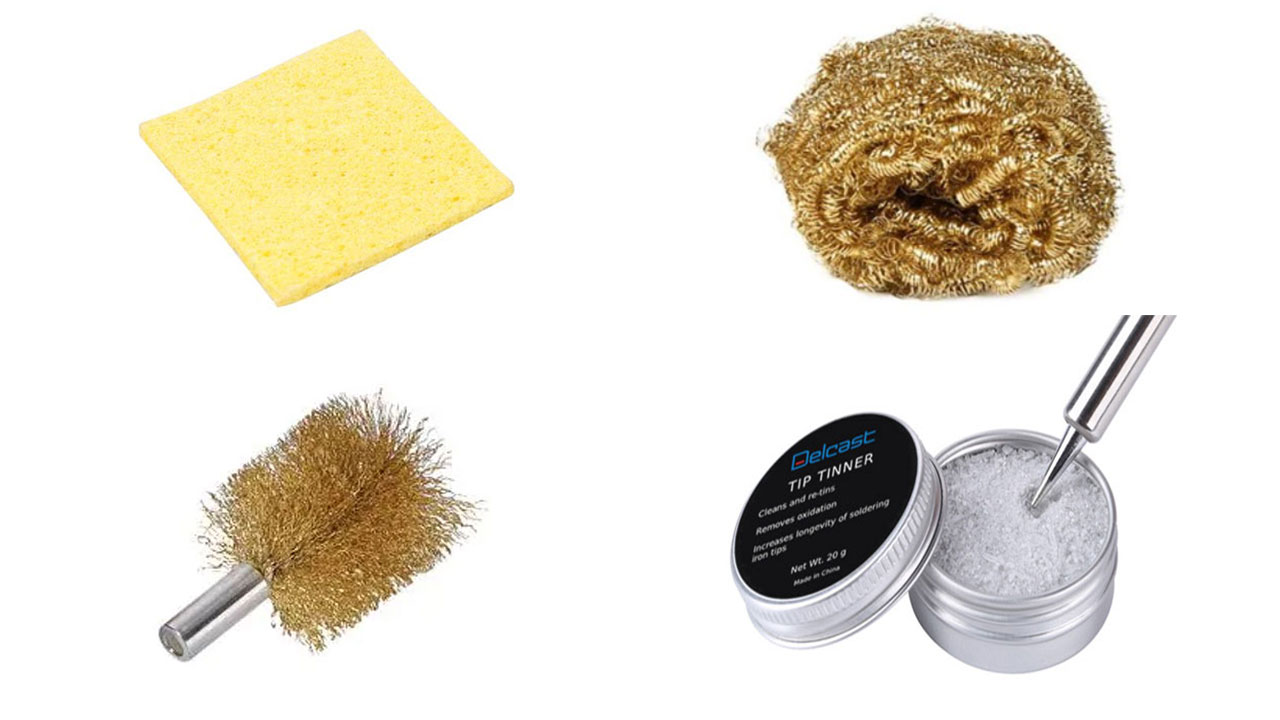
3) Use the right amount of solder: Too much solder can create a messy joint, while too little solder may not create a strong enough bond. Practice using the right amount of solder for the job.
4) Don't apply too much pressure: Applying too much pressure on the soldering iron can damage the joined metal pieces. Instead, let the heat from the tip melt the solder and flow between the metal pieces.
5) Work in a well-ventilated area: Soldering produces fumes that can be harmful if inhaled. Make sure to work in a well-ventilated area or use a fume extractor to remove the fumes.
In conclusion, a soldering iron is an essential tool for any electronics hobbyist or professional. It works by heating up metal pieces to be joined and melting solder to create a bond. Understanding the anatomy of a soldering iron and the different types available can help you choose the right tool for the job. Remember to practice safety measures and follow the tips for using a soldering iron to ensure a successful solder joint.
Contact: Mr. Li
Phone: (0086) 138 24254 321
E-mail: atetool@atetool.com.cn
Add: 5F, 1-2# Building, Tongfuyu Industrial Zone, Aiqun Rd, Shiyan Subdistrict, Bao'an, Shenzhen, 518108, China